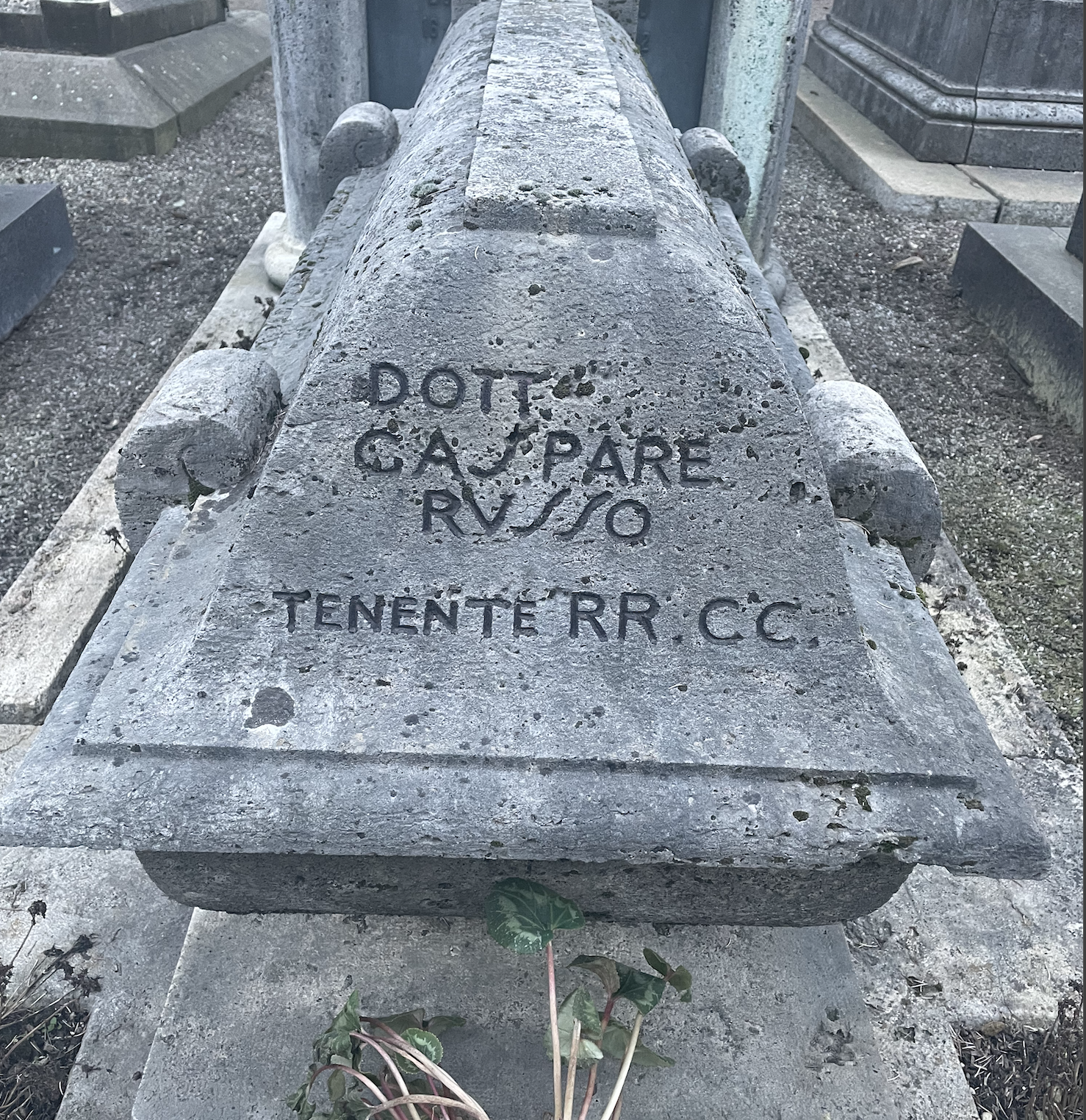Grave carving was traditionally done by hand until a decrease in popularity in the mid-twentieth century when machines were able to cut labor time and consequentially costs. With hand-carving, each letter is unique and shares knowledge of not only the deceased but of the carver who likewise is most likely resting for all eternity…
Grave Typography
The sample to the left comes from the grave of Captain John Stone, the architect of the Charles River Bridge. He passed away in 1791 at sixty-three years old. The carver used a Roman font which little personality quirks such as the angled crossbar on the letter “A” and the circular connection between the “c” & “t”. Another noteworthy detail is the “e” hovering over the “r” in “Architecture”.
Perhaps this is a very practical solution to a rather banal dilemma… I believe the carver simply ran out of space. I came across this grave in Concord, Massachusetts in the Old Hill Burying Ground where the earliest marked grave dates to 1677 and the latest in 1854.
Another unique font found at a gravesite is the family tomb of the Zerboni family who were laid to rest in Milan, Italy’s Cimitero Monumentale. One thing I love about Italian cemeteries is that the more recent ones (from about the late 1800s on) include photos of the deceased. However, because this was a family plot housed in a mausoleum, the images of the family were housed inside. At the time I did not bother to explore inside and discover the important dates of those who had passed on, but the font makes me think of the 1920s or 30s with the curved and art-deco-inspired forms. I absolutely love the rounded accents at the end of the swash in the letters “Z” “R” and “N” as well as how that same accent was included in the bowl of the letter “B”. The “E” is likewise fascinating taking on a beautiful form.
“It’s very powerful to see your loved one’s name in stone. There’s something about the permanence that adds to the gravity.”
— Sigrid Coffin (a modern-day grave carver who works in Belfast, Maine)
Grave markers often feature elegant and enduring typefaces that convey a sense of reverence and timelessness.
Although most graves are now made by machines, hand-making graver markers still continue to this day. I found this really interesting clip that goes into the process, methods, and material.
I have always found grave sites to be sources of inspiration for typography as they are one of the few places in which one can see so many samples of individual hand-carved letters. Also given the format of catacombs, tombstones, plaques, etc. it is also a good place to get inspiration for layouts. The intricate and ornate letterforms found on older grave markers inspire contemporary type designers, influencing the development of new typefaces that capture the essence of tradition while incorporating modern design principles. The typography used on grave markers thus acts as a powerful reminder of our connection to the past and continues to shape the aesthetics of typefaces used today.

Cimitero Monumentale | Milan, Italy

Sleepy Hollow Cemetery | Concord, MA, USA

Sleepy Hollow Cemetery | Concord, MA, USA

Woodstock Cemetery | Woodstock, NY, USA

Exeter Cathedral, Exeter, England

Gloucester Cathedral, Gloucester, England

Village Center Cemetery | Stowe, VT, USA

Elmwood Ave. Cemetery | Burlington, VT, USA



